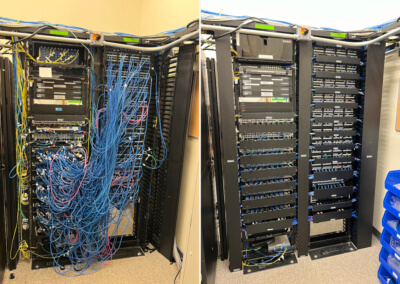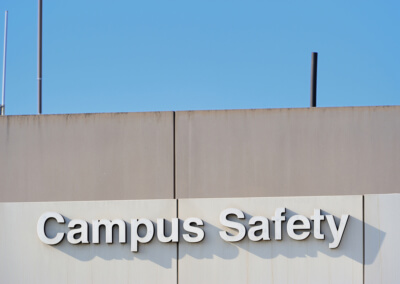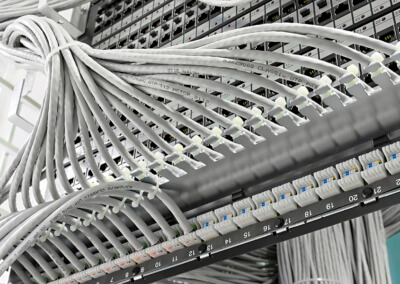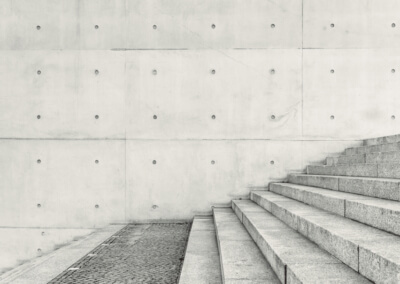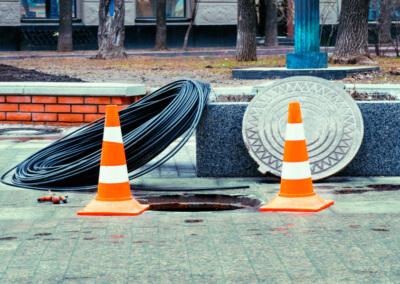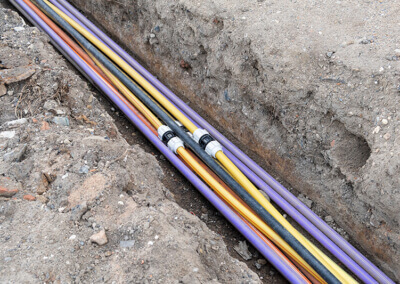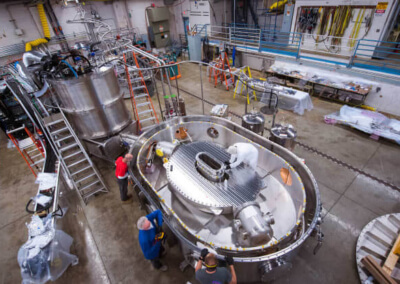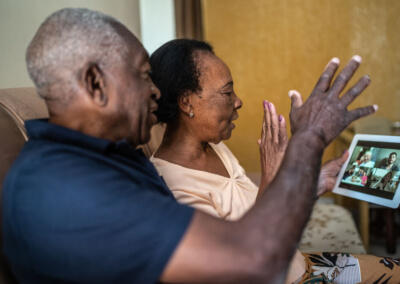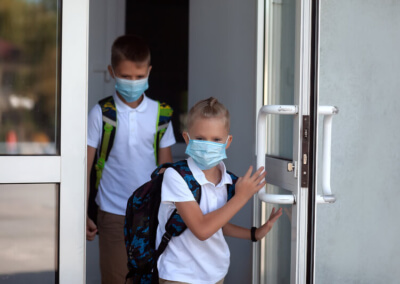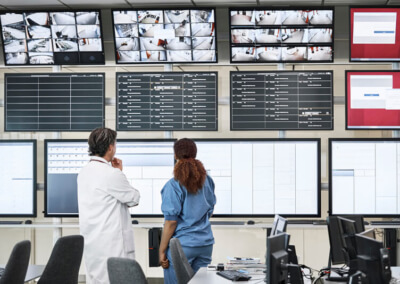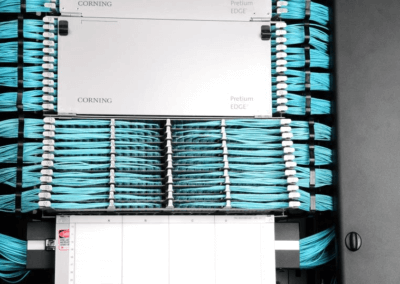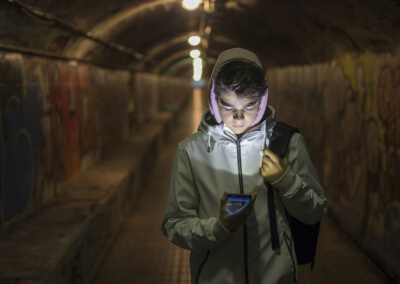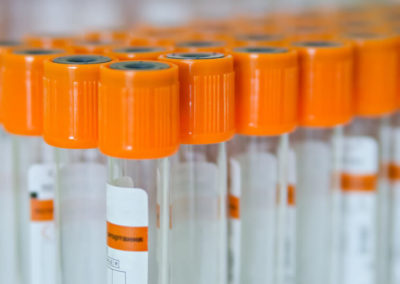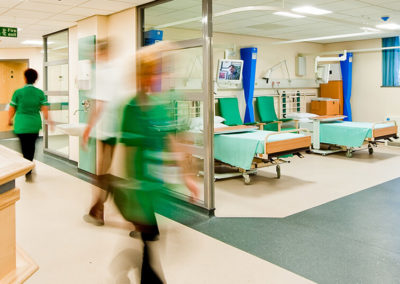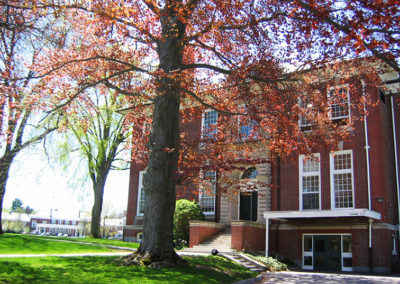Case Study
Reliable Cell Coverage for Buildings with Concrete Ceilings Built in 1970s

Client: Community college
Location: Boston area
Technology: Cellular Reception
Challenges: Poor cellular coverage; safety concern
Sector: Education – Higher Ed
Older Buildings. No Cell Coverage.
A large, Boston area community college initially reached out to KTS to solve a problem: poor cellular coverage in one of its five interconnected buildings constructed in the 1970s.
Phased Design and Installation:
The college chose the basement and first floor of Building E as the first of five interconnected campus buildings to establish reliable cell coverage. The building has multiple purposes including facilities and maintenance services in the basement, faculty offices and a large atrium for students to gather and study.
Phase Two was to establish cell coverage in the tunnel used primarily by the college’s facilities department. The 700-foot tunnel connecting Building B to Building C to Building D to Building E did not have any cell coverage. For the safety of its employees, the college turned to KTS to design and install a solution to establish reliable cell coverage throughout the concrete tunnel housing essential infrastructure elements such as steam pipes and electricity.
Project Challenges:
- Older construction: The campus buildings, built in the 1970s, are concrete fortresses. For Building E, the ceiling is poured concrete presenting a challenge of establishing access to the roof for the donor antenna.
- Large expansive atrium area. An important consideration for system design was to ensure reliable coverage throughout Building E which includes a large atrium area.
- The Tunnel: Establishing reliable cell coverage throughout the 700-foot long tunnel demanded engineering know-how to ensure reliable cell coverage while being cost effective.
Summary of Work
- Phase 1 installation was designed to leverage a riser shaft giving access to the roof in Building E; exposed white cabling was installed given the poured concrete ceilings to blend the cable with the walls.
- Phase 1 included one WilsonPro 4000 Cellular BDA with the donor antenna installed on the side of the mechanical room on the roof to go unnoticed.
- In Phase 2 a second cellular BDA system was engineered to ensure reliable coverage throughout the 700-foot tunnel while also establishing reliable cell coverage in the first floor of Building D for students and faculty. Designing a system with seven antennae in Building D and fourteen antennae in the tunnel provided a cost effective and reliable solution.
Benefits/Impact:
- Reliable cell coverage – average gain of 50DBs by location in Building E. (see below for before and after)
- Safety. Students, faculty and employees can count on reliable cell coverage for daily needs including making and receiving calls and texts. In the event of an emergency, students, faculty and college employees working in the tunnel area can be reached with mass notifications and workers in the tunnel now have reliable coverage to place a call or text.
- Productivity. Students, faculty and employees can communicate reliably when in Building E and D.
Phase 1 Before & After Results:
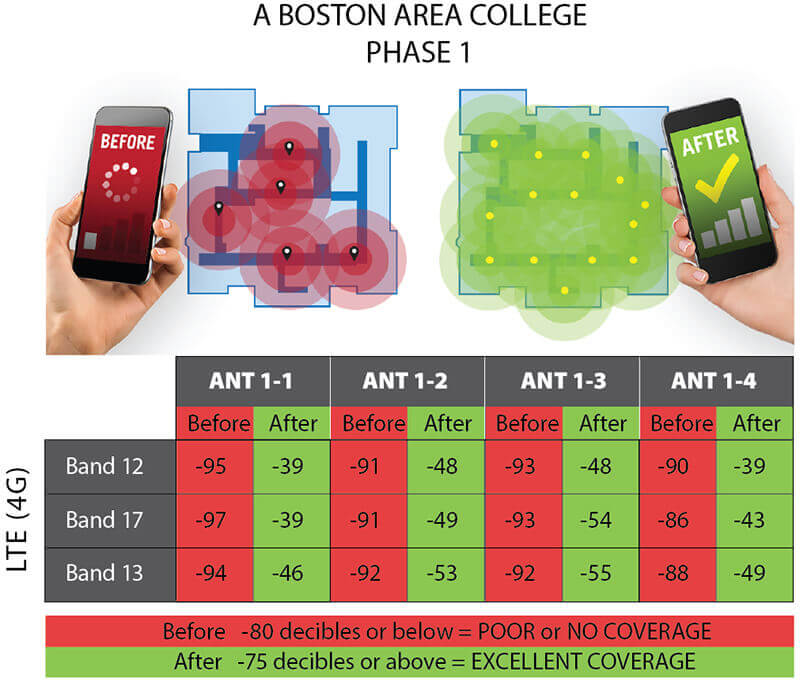
Phase 2 Before & After Results
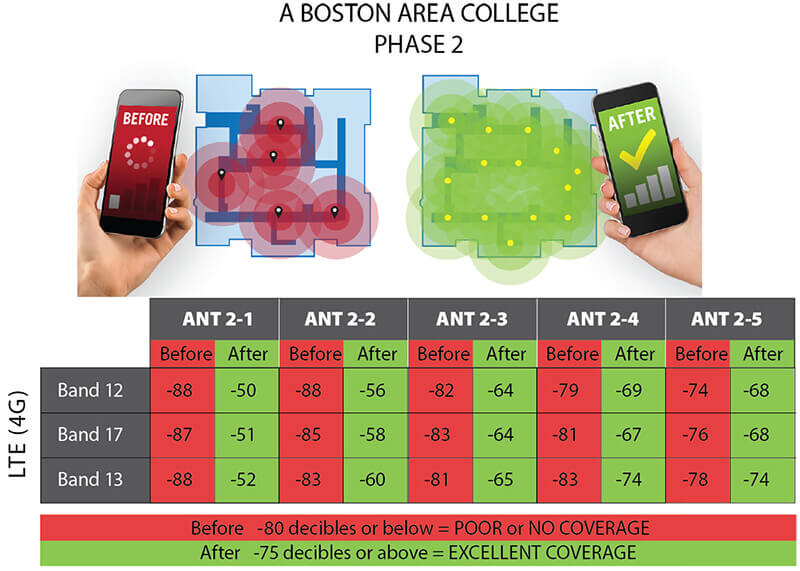
Case Studies

A Northshore BioTech Company Expands to New Campus; KTS Helps Phase Communications Infrastructure Work Throughout the Project

A Leading Technology Company Counts on KTS for Two Zoom Rooms for National and International Collaboration

Installation of BDAs to get a cellular signal throughout a concrete and brick building built into a hillside.
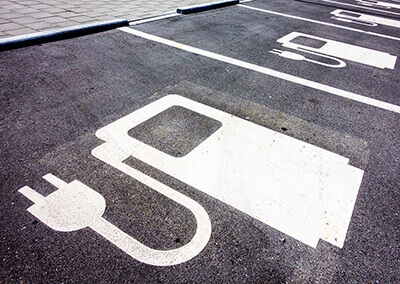
Reliance on apps is part of everyday life. This commercial real estate company turned to KTS to establish cell coverage in the property and in the parking garage.
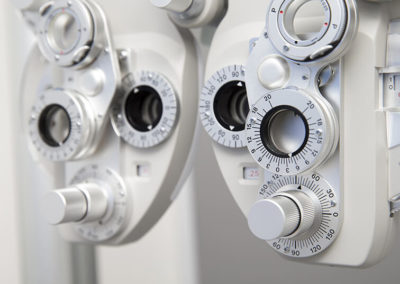
New England College of Optometry counts on KTS for high quality work delivered on-time upgrading technologies in its historic buildings.

Expanding university turns to KTS to install external wireless network for reliable WIFI across campus.
Contact us to discover why so many organizations count on KTS to optimize their performance, functionality and security.





